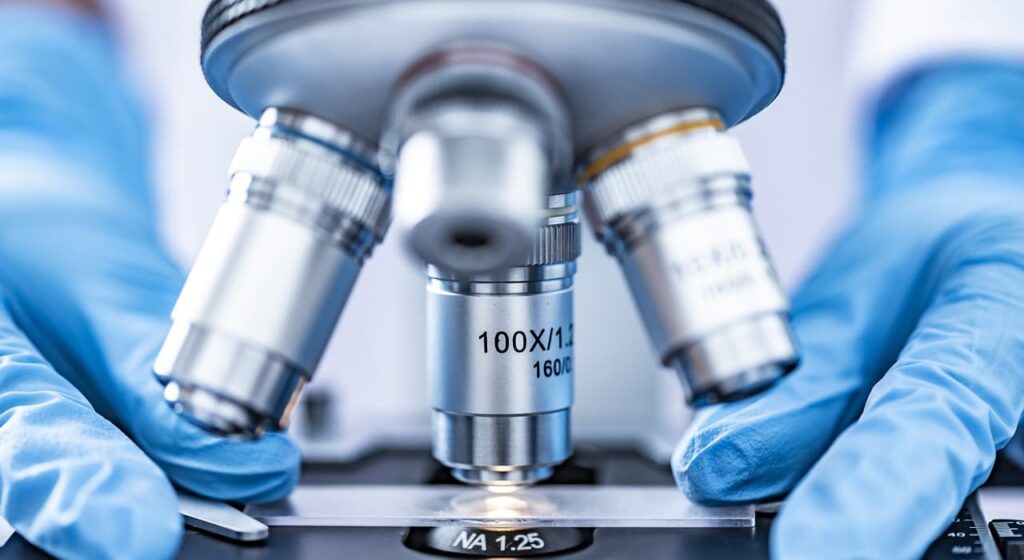In genealogical DNA analysis, we want to know which haplogroups the genome belongs to. Haplogroups are groups of identical genetic profiles, usually because of common ancestors. Genealogical research uses genetic markers in haplogroups to determine the degree of relatedness. Because Y-DNA and mtDNA are transmitted as copies, we usually used genetic markers that could identify Y-DNA and mtDNA haplogroups.
Genetic genealogy based on Y-DNA haplogroup (paternal lineage)
Aside from mtDNA, only Y-DNA allows a clear ancestral lineage to be traced. Y-DNA was also investigated early on to establish paternal lineages. Y-DNA haplogroups are distinguished by letters A through R, as well as numbers and lowercase letters using the system developed by the Y Chromosome Consortium .
Haplogroup R1a is particularly common in Europe, North-Central Asia, and India. In Europe, particularly high concentrations can be found in Poland, Northern Europe. In India, the highest concentrations were found in the Brahmin caste.
Genetic genealogy based on mtDNA Haplogroup (maternal)
Because mtDNA has 100-10,000 copies per cell and has a simple structure compared to the chromosomal DNA in the cell nucleus, it was preferred for inexpensive analysis. In addition, the maternal lineage can be recovered from DNA in the mitochondria.
When old Homo sapiens remains are discovered, mtDNA often remains the only source of genetic information because of degeneration of DNA markers in the cell nucleus.
Human geneticist Brian Sykes claims that there are seven mitochondrial lineages in the modern European (but others estimate this number at 11 or 12). However, the number of mitochondrial ancestors for the entire world population is much higher. With more mtDNA tests, we can find more mitochondrial lineages in the global population.
Geographic distribution of mtDNA haplogroups (maternal lineage):
Southern Europe: J, K.
Northern Europe: H, T, U, V, X
Middle East: J, N
Africa: L, L1, L2, L3
Asia: A, B, C, D, E, F, G.
America (Native Americans): A, B, C, D, X
Genetic genealogy based on Autosomal DNA and X-DNA (ancestry, relatedness)
Because autosomal DNA and X-DNA recombine, their DNA regions are inherited randomly from ancestors. Thus, to draw genealogical conclusions from these types of DNA, a comprehensive mutation analysis is needed. Companies offering DNA tests for commercial purposes test approximately 700,000 autosomal SNPs. Т
To be able to analyze the composition of a genetic lineage in relation to geographic groups (nations, clans) requires a sufficient number of test subjects from which ancestors come from a certain known area.
Depending on the form of analysis and the choice of decisive components, or “data clusters,” different estimates and representations are possible. For example, the creation of genealogical trees is possible by demonstrating the closeness of relationships between different subjects or groups. In this form of presentation, the choice of decisive component(s) is important; even small changes in the constellation will lead to different test results.
Statistical inferences about the relationship can be made based on matching DNA segments. Segments are usually compared using SNP mutations. The longer the matching segment, the closer the relationship between subjects. However, below a certain length, matched segments are more likely to occur due to chance rather than descent.
